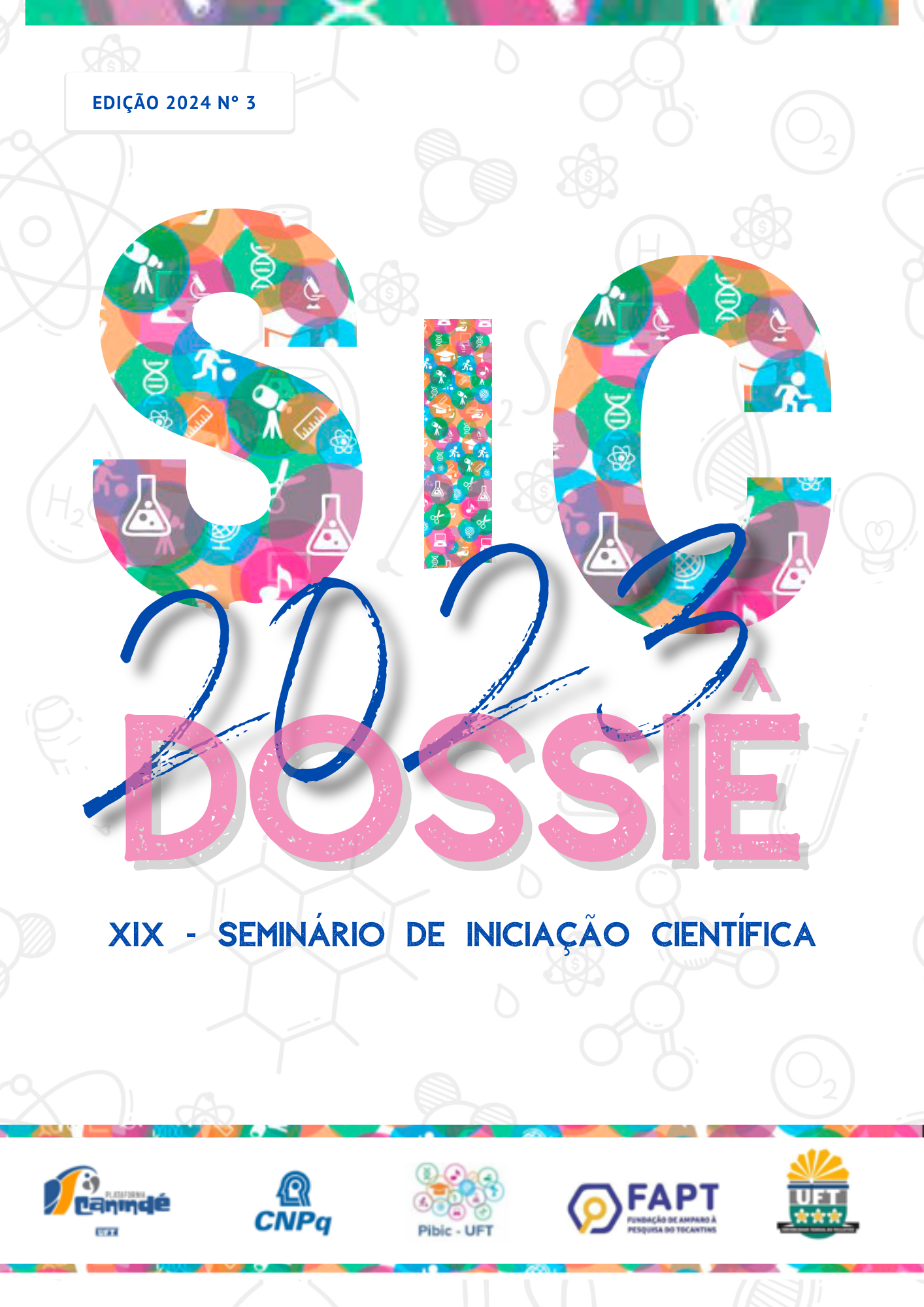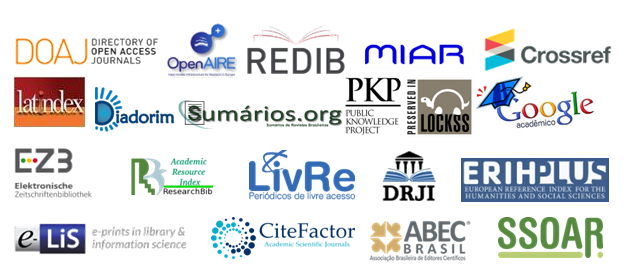ECOTOXICOLOGICAL ASSESSMENT OF EFFLUENTS GENERATED BY THE PAINT INDUSTRY AND CATTLE SLAUGHTER COMBINED FOR AGRICULTURAL REUSE
DOI:
https://doi.org/10.20873/2024_v3_4Abstract
The paint and cattle slaughter industries have drawn attention to reuse practices due to the amount of wastewater generated. Furthermore, the effluent from the cattle slaughtering industry has a high nutrient load, just as the effluent from the paint industry has a high level of carbonate, a chemical species important for soil fertility and pH adjustment. Therefore, the combined use of these effluents can be a viable alternative for producing water with physical-chemical and microbiological characteristics useful for the agricultural sector. However, in addition to the nutritional assessment of the soil after fertigation, essential information to determine the viability of this proposal is the quantification of its toxicity to ecosystems, which justifies the need for ecotoxicological tests to obtain concrete data regarding environmental safety for the combined use of these effluents in agriculture. Therefore, in this work the organism Girardia tigrina was used as a bioindicator of contamination for freshwater ecosystems. As a result, it was observed that an effluent combined with 50% cattle slaughter effluent and 50% paint industry effluent, presented an LC50 at a concentration of 80% after 24 hours of exposure.
Downloads
Published
How to Cite
Issue
Section
License
Copyright (c) 2024 Lorena Rodrigues Costa, Thayrine Dias Carlos, Warlyton Silva Martins, Renato Almeida Sarmento, Grasiele Soares Cavallini

This work is licensed under a Creative Commons Attribution-NonCommercial 4.0 International License.
Autores que publicam nesta revista concordam com os seguintes termos:
1. Autores mantém os direitos autorais e concedem à revista o direito de primeira publicação, com o trabalho simultaneamente licenciado sob a Creative Commons Attribution License (CC BY-NC 4.0), permitindo o compartilhamento do trabalho com reconhecimento da autoria do trabalho e publicação inicial nesta revista.
2. Autores têm autorização para assumir contratos adicionais separadamente, para distribuição não-exclusiva da versão do trabalho publicada nesta revista (ex.: publicar em repositório institucional ou como capítulo de livro), com reconhecimento de autoria e publicação inicial nesta revista.
3. Autores têm permissão e são estimulados a publicar e distribuir seu trabalho online (ex.: em repositórios institucionais ou na sua página pessoal) a qualquer ponto posterior ao processo editorial.
4. Além disso, o AUTOR é informado e consente com a revista que, portanto, seu artigo pode ser incorporado pela DESAFIOS em bases e sistemas de informação científica existentes (indexadores e bancos de dados atuais) ou a existir no futuro (indexadores e bancos de dados futuros), nas condições definidas por este último em todos os momentos, que envolverá, pelo menos, a possibilidade de que os titulares desses bancos de dados possam executar as seguintes ações sobre o artigo:
a. Reproduzir, transmitir e distribuir o artigo, no todo ou em parte sob qualquer forma ou meio de transmissão eletrônica existente ou desenvolvida no futuro, incluindo a transmissão eletrônica para fins de pesquisa, visualização e impressão;
b. Reproduzir e distribuir, no todo ou em parte, o artigo na impressão.
c. Capacidade de traduzir certas partes do artigo.
d. Extrair figuras, tabelas, ilustrações e outros objetos gráficos e capturar metadados, legendas e artigo relacionado para fins de pesquisa, visualização e impressão.
e. Transmissão, distribuição e reprodução por agentes ou autorizada pelos proprietários de distribuidoras de bases de dados.
f. A preparação de citações bibliográficas, sumários e índices e referências de captura relacionados de partes selecionadas do artigo.
g. Digitalizar e / ou armazenar imagens e texto de artigo eletrônico.


